Opening
Photographs © Brian Rose
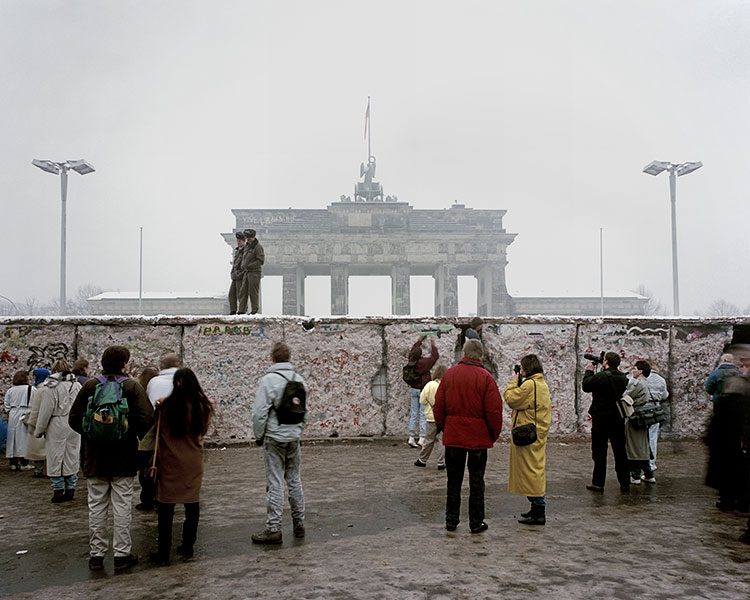 |
|
The Brandenburg Gate, Berlin, 1989 |
 |
|
Niederkirchnerstrasse, Berlin, 1989 |
| Christmas Day, 1989. The ringing sound of hammers and chisels filled the air. Hundreds of people were chipping at the wall with hammers and chisels. Holes have been broken through in places between the slabs of concrete used to form the wall. The GDR has put metal plates over some of the holes, but others are being steadily enlarged by the wall chippers. Some of the chippers are clearly entrepreneurs filling plastic shopping bags with pieces. Others seem intent on simply hacking away at the wall bit by bit. The crowd is a mélange of Easterners and Westerners. The Ossis, as they are called, tend to stand out by the way they dress—cheap stone-washed jeans and shiny jackets. At the Brandenburg Gate I photographed a candlelight memorial for those killed a few days ago in the uprising against Ceacescu in Romania. |
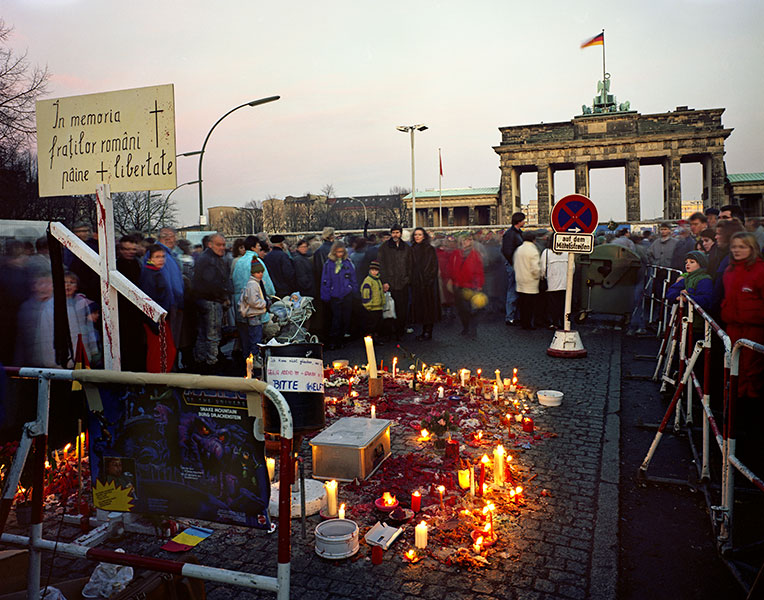 |
| The Bradenburg Gate, Berlin, 1989 |
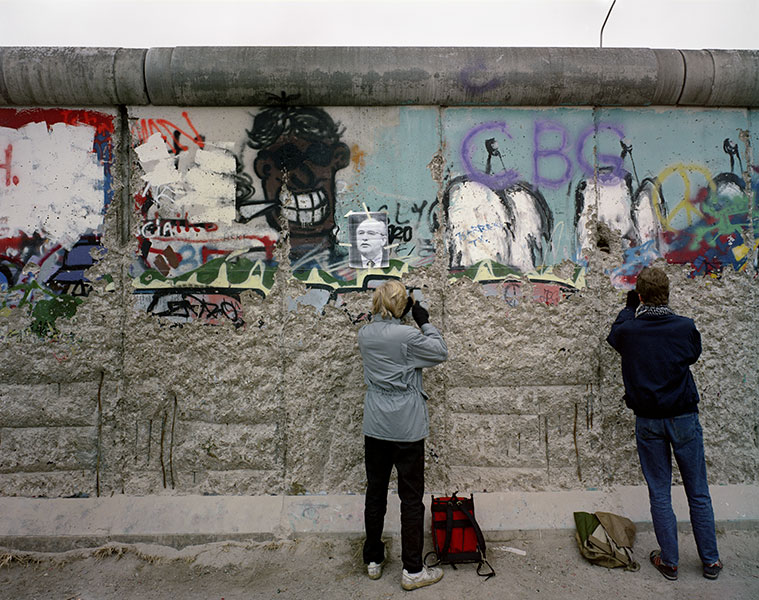 |
|
Zimmerstrasse, Berlin, 1989 |
| Checkpoint Charlie was a mess with lots of auto and foot traffic, and despite the newly open border, many people still stood gawking on the overlook platform next to the wall. To the right, the wall chippers continued to hack away with their picks. I joined a throng of people crossing into East Berlin. Berlin Mitte was spectacularly alive—unlike anything I’ve seen before. The streets were teaming with people and the cafes and restaurants were full. In the past—as recently as my last visit in June—one’s footsteps echoed in the silence through these same streets. With the opening of The Wall, Westerners have poured in just as the Easterners have poured out. Berlin is clearly one city again, despite having to cross at border checkpoints. |
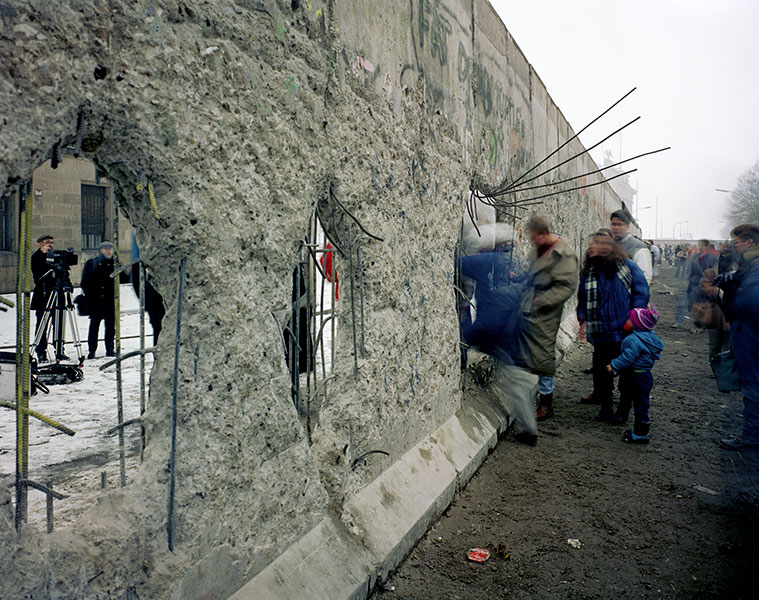 |
|
Ebertstrasse, Berlin, 1989 |
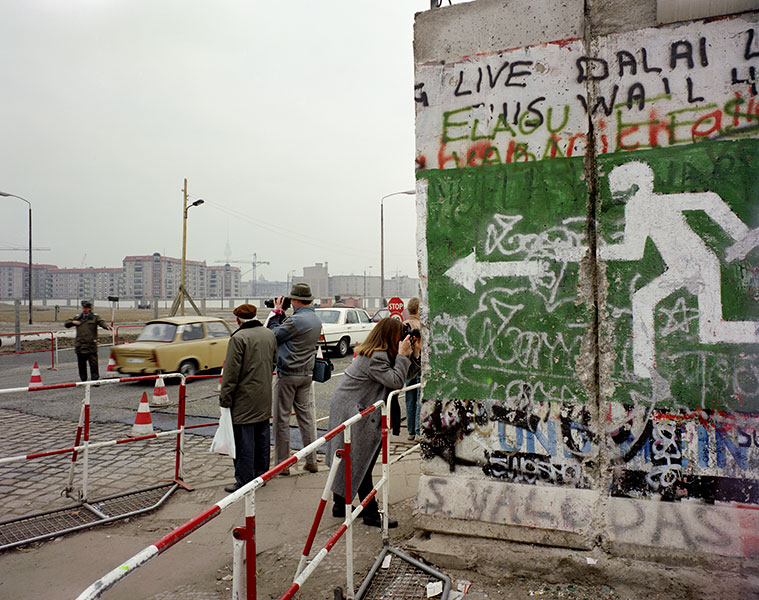 |
|
Potsdamer Platz, Berlin, 1989 |
| Berlin has changed irrevocably. The streets are more crowded—the traffic thicker with East German Trabants, or Trabis, mixed in with the BMWs and Audis. Most telling—the frontier is no longer on the periphery—it is at the center of things. The once desolate area around Potsdamer Platz is now filled with people. Will Berlin one day soon become the capital of a reunited Germany? If so, the area around Potsdamer Platz will become extremely important. Aside from the open land on the west side of the wall, the GDR has left a very wide swath of no man’s land in the area where the Reich’s Chancellery once stood. Will this be the site of future government buildings, museums, etc.? |
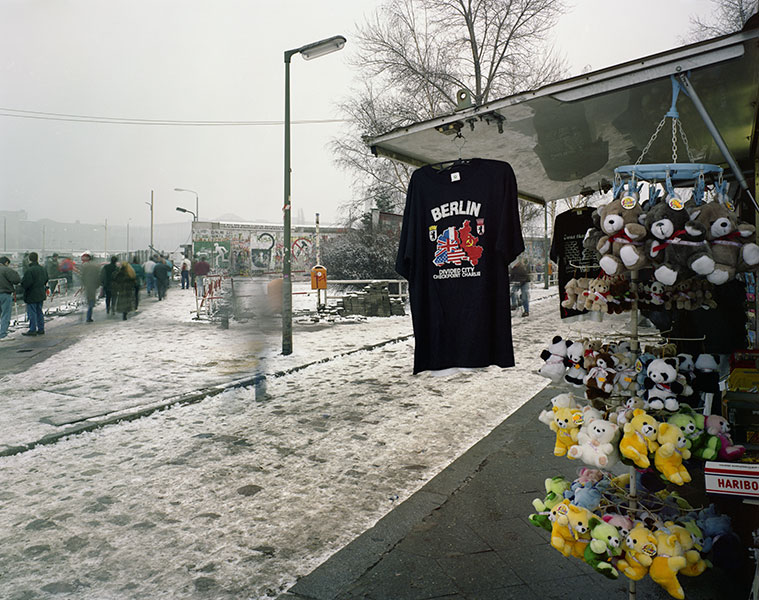 |
|
Potsdamer Platz, Berlin, 1989 |
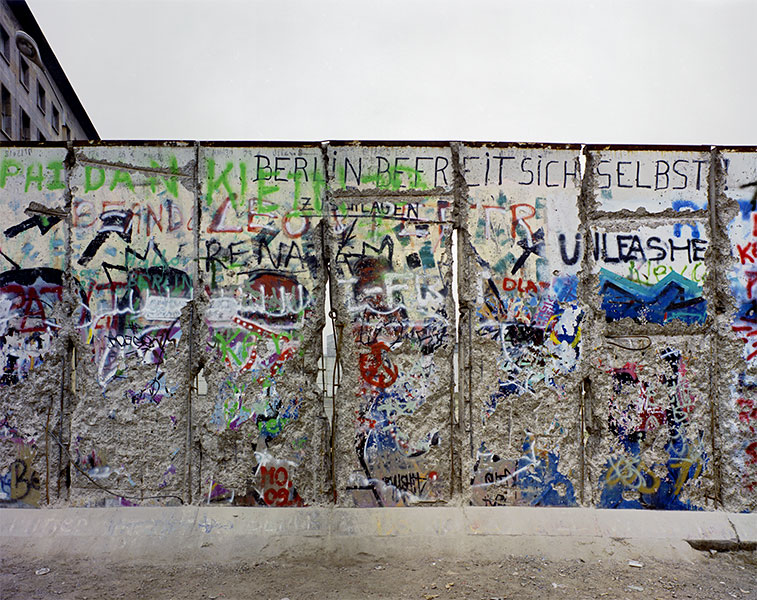 |
|
Wilhelmstrasse, Berlin, 1989 |
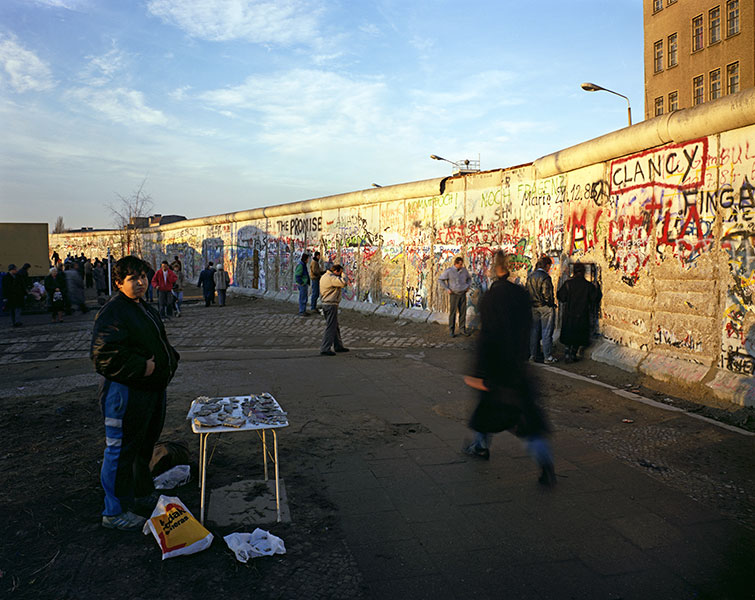 |
| Stresemannstrasse, Berlin, 1989 |
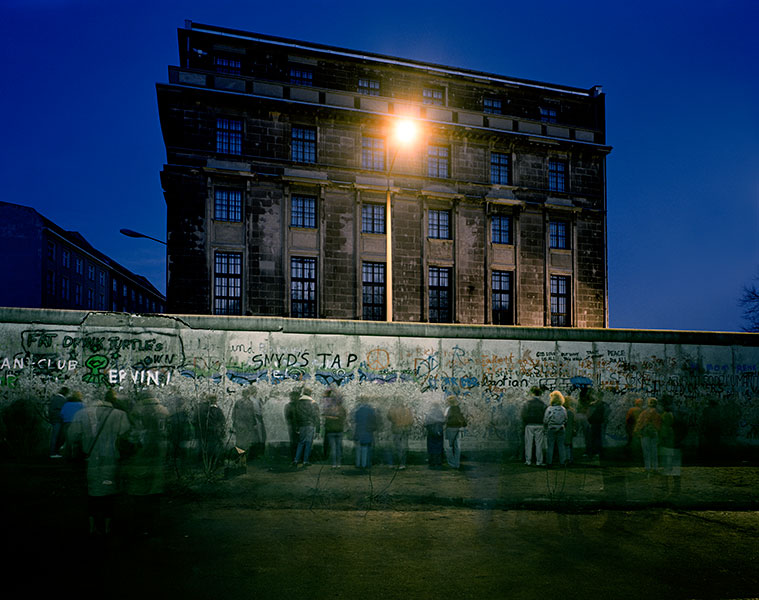 |
|
Ebertstrasse, Berlin, 1989 |